Dixon Polymer High D Tin Whistle Review
Tony Dixon has been making whistles and flutes for over 20 years, and has established a great reputation. His polymer high D whistle is one of his most popular models, and for good reason. As you’ll read below, it’s a great whistle for beginners and experts alike.
One thing to keep in mind is that the various high D whistles that Dixon makes all have the same basic windway shape. In fact, the heads on some of their whistles are interchangeable. However, the bodies can be very different, giving the whistles very different tonal characteristics. For example, the more expensive heavy brass Dixon whistle is much louder than this one.
Whether you’re looking for a first whistle or wanting to try something different, read on for my review of the Dixon polymer high D whistle (DX004).
Construction
The Dixon polymer high D is made out of ABS, a lightweight but hardy plastic. The hardiness of my Dixon was inadvertently tested early on when it was stepped on, and seemed to be no worse for wear. I don’t recommend stepping on it to see for yourself, of course, but it’s a sturdy whistle nonetheless. It’s also quite light, lighter than a comparable metal whistle.
Unlike a metal whistle, ABS won’t rust, corrode, or otherwise react with moisture or oils. Unlike a wooden whistle, it won’t dry out or crack. No matter the humidity, an ABS whistle will keep on ticking. They also do well in cold weather, where metal whistles have tuning problems and wooden whistles tend to crack.
Hot weather, though, is a different story. At the kind of temperatures you might find in a car on a summer’s day, ABS will warp. If you live in a warm climate, it’s advisable not to keep your Dixon polymer whistle in the car.
Speaking of where to keep your whistle, I’d highly recommend getting the version with a tuning slide. Not only will it help you stay perfectly in tune (more on that later), it means that the whistle will easily come apart into two pieces. They fit quite nicely into a standard men’s front pants pocket. I keep my Dixon with me pretty much all the time. You never know when it will come in handy!
One other bonus of the Dixon 2-piece polymer whistle is that you can swap heads and bodies very easily. In fact, Dixon makes a piccolo head for the same body, so you can have two instruments in one, Be careful, though, because the piccolo head is much, much louder than the whistle. My ears (and my roommates’ ears) found that out the hard way!
Tuning
As I mentioned before, I highly recommend getting the model with a tuning slide, as opposed to the one-piece fixed-pitch polymer whistle. While this whistle won’t change pitch with the temperature nearly as much as an all-metal whistle like the Chieftain high D whistle, it’s always good to have wiggle room.
The tuning slide gives you plenty of wiggle room on both sides of standard pitch. The intonation is just about perfect on my whistle throughout the range. The second octave does have a tendency to push sharp if you blow too hard, but it’s pretty easy to stay on-point. The usual OXXOOO fingering for C natural is pretty much spot-on.
Breath Requirement
Unlike many louder tin whistles like the Susato Kildare and Chieftain high D, the Dixon polymer sips air. If you find yourself gasping for breath when playing another whistle, this is a great one for you. It does, however, require some breath control, because it’s pretty easy to overblow. Even at the very top of its range, you don’t need to be blowing your lungs out.
Volume
There’s a lot of debate over whether whistle material affects the tone or volume of a whistle. The Dixon polymer whistle, as compared to the Trad and other Dixon high D whistles with the same head shape, is a good test. Overall, it’s a quieter whistle, below average volume for tin whistles. The second octave does project well and can cut through a small session. However, the first octave will get drowned out in all but the quietest contexts.
Not all of this can be chalked up to the Dixon polymer whistle’s material. The slightly narrower bore definitely helps keep volume down. Regardless, this is definitely not a powerhouse loud whistle.
Tone

The tone is sweet and chirpy, with (in my opinion) just enough chiff. This is neither the purest nor the ciffiest whistle out there. Those who like the “traditional” sound of a Generation will probably like this whistle a lot. Those looking for a more recorder-like tone might want to look elsewhere.
The second octave is particularly sweet, and doesn’t get harsh even at its top. It’s one of the more fun whistles to play up high because of this.
Conclusion
The Dixon polymer high D whistle would make a great first whistle, or a nice “step up” from a cheaper brand. The tuning is spot-on, and it has a lovely, sweet tone. It has a fairly low breath requirement, great for those who run out of air on other whistles.
The sturdy ABS construction also makes it a great choice for a travel or carry-around whistle. As long as you don’t leave it in a hot car, it should last a long, long time.
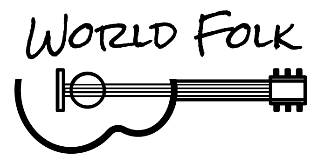
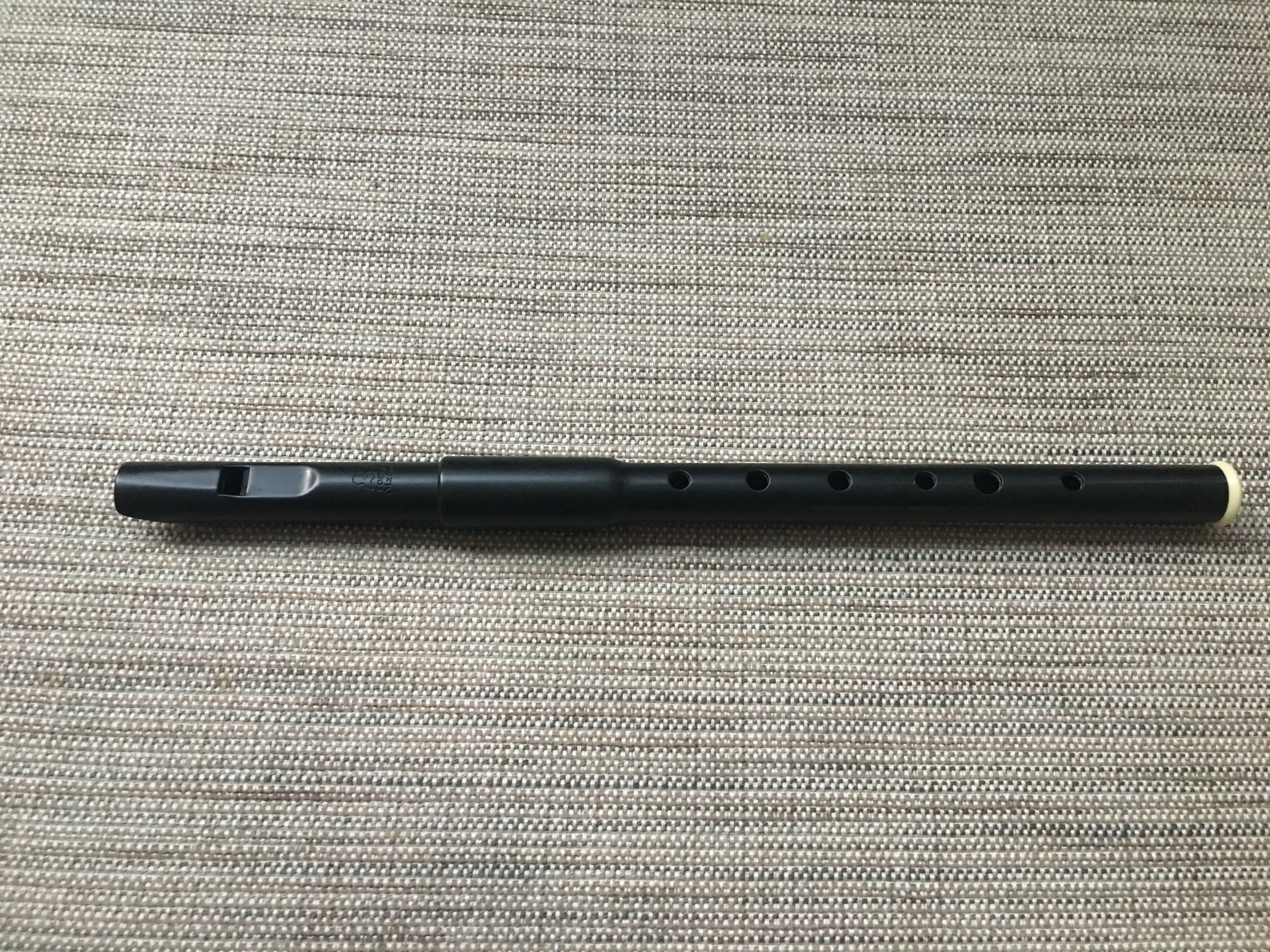
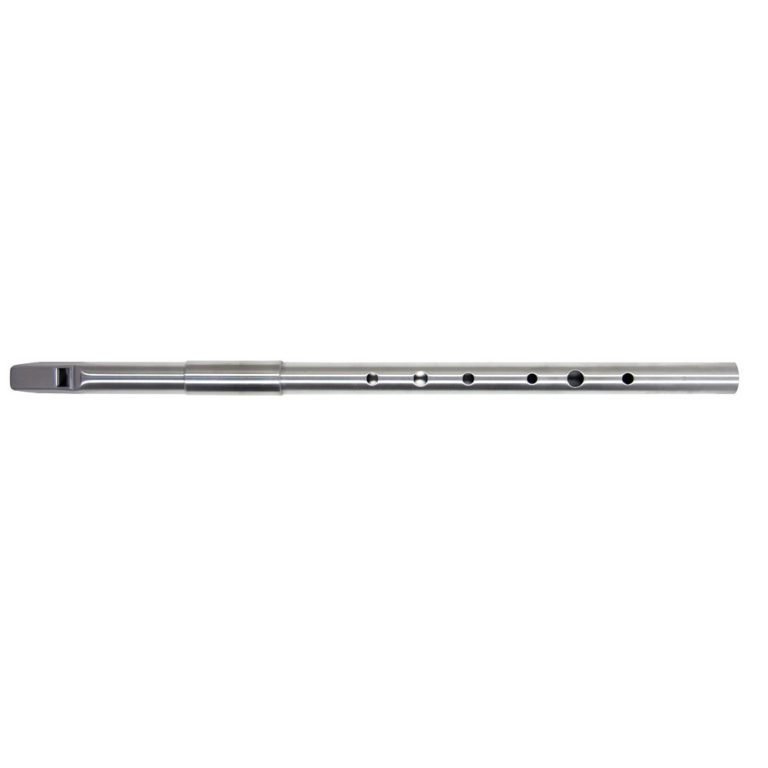
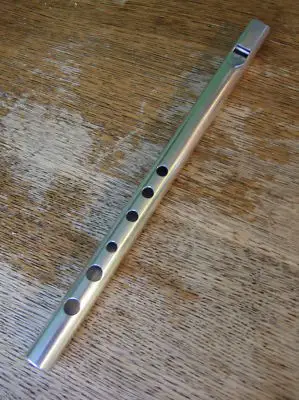
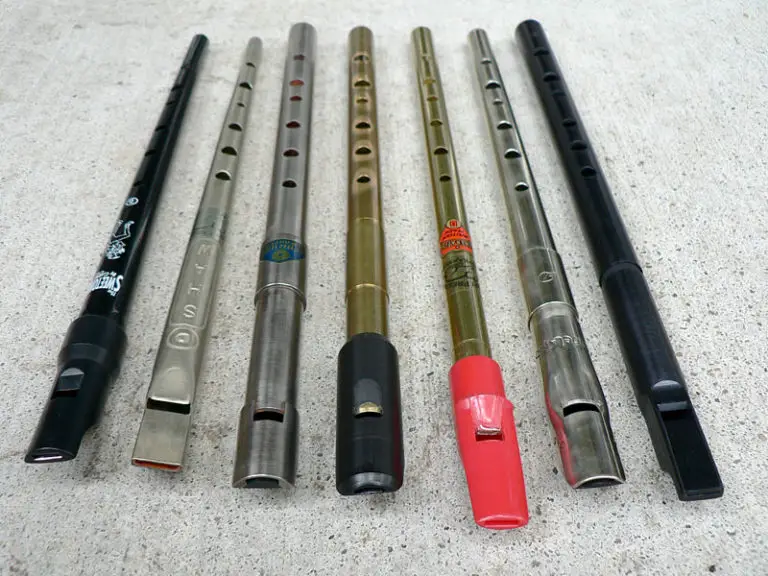

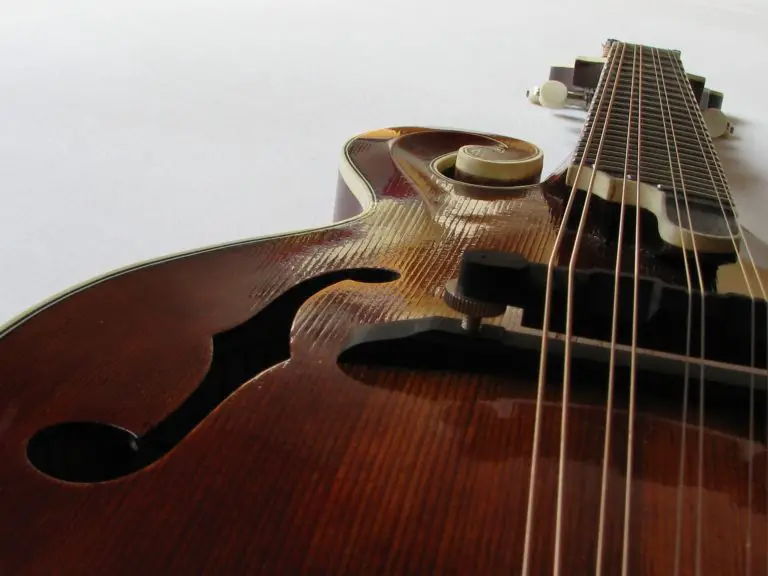

Great review thanks..